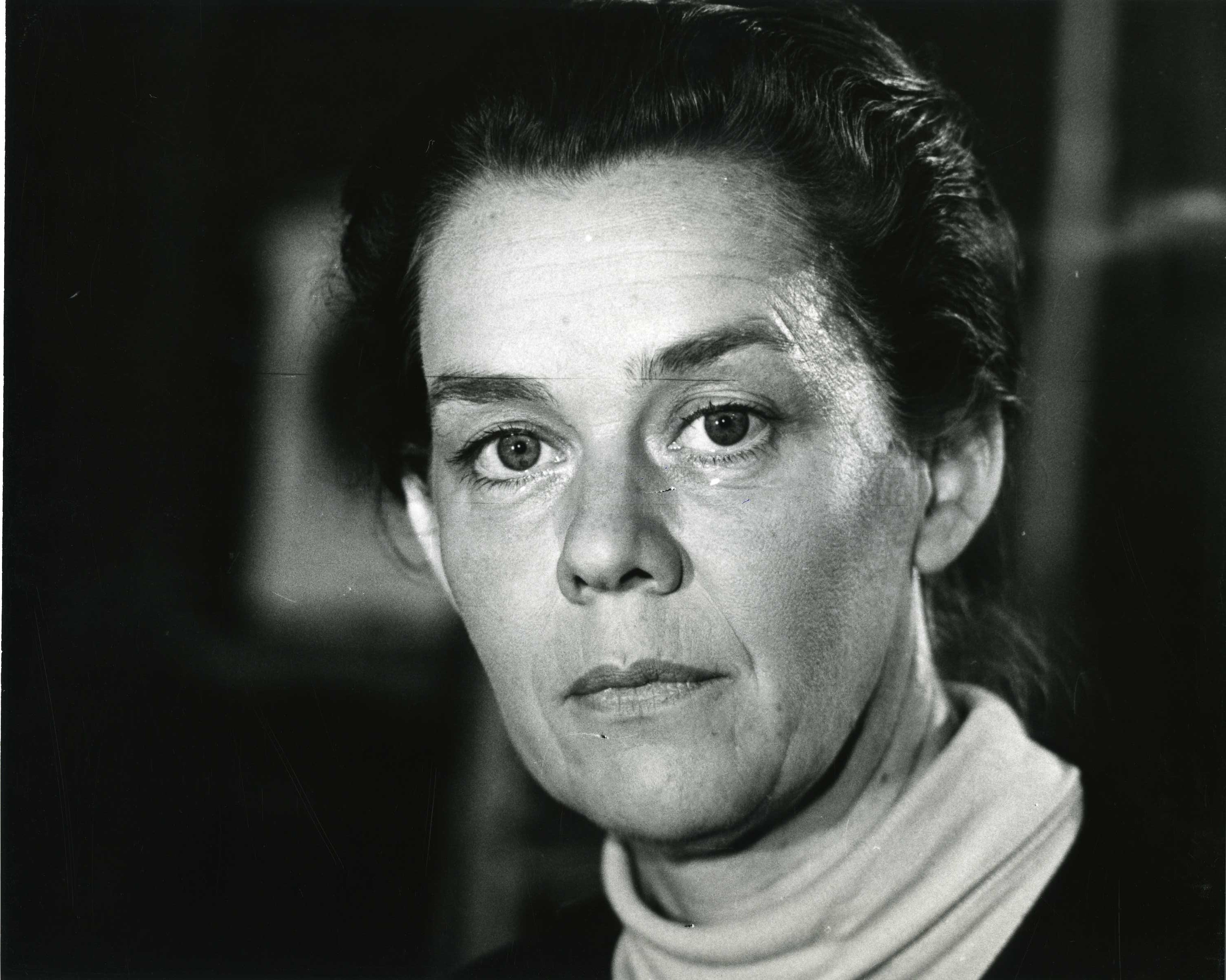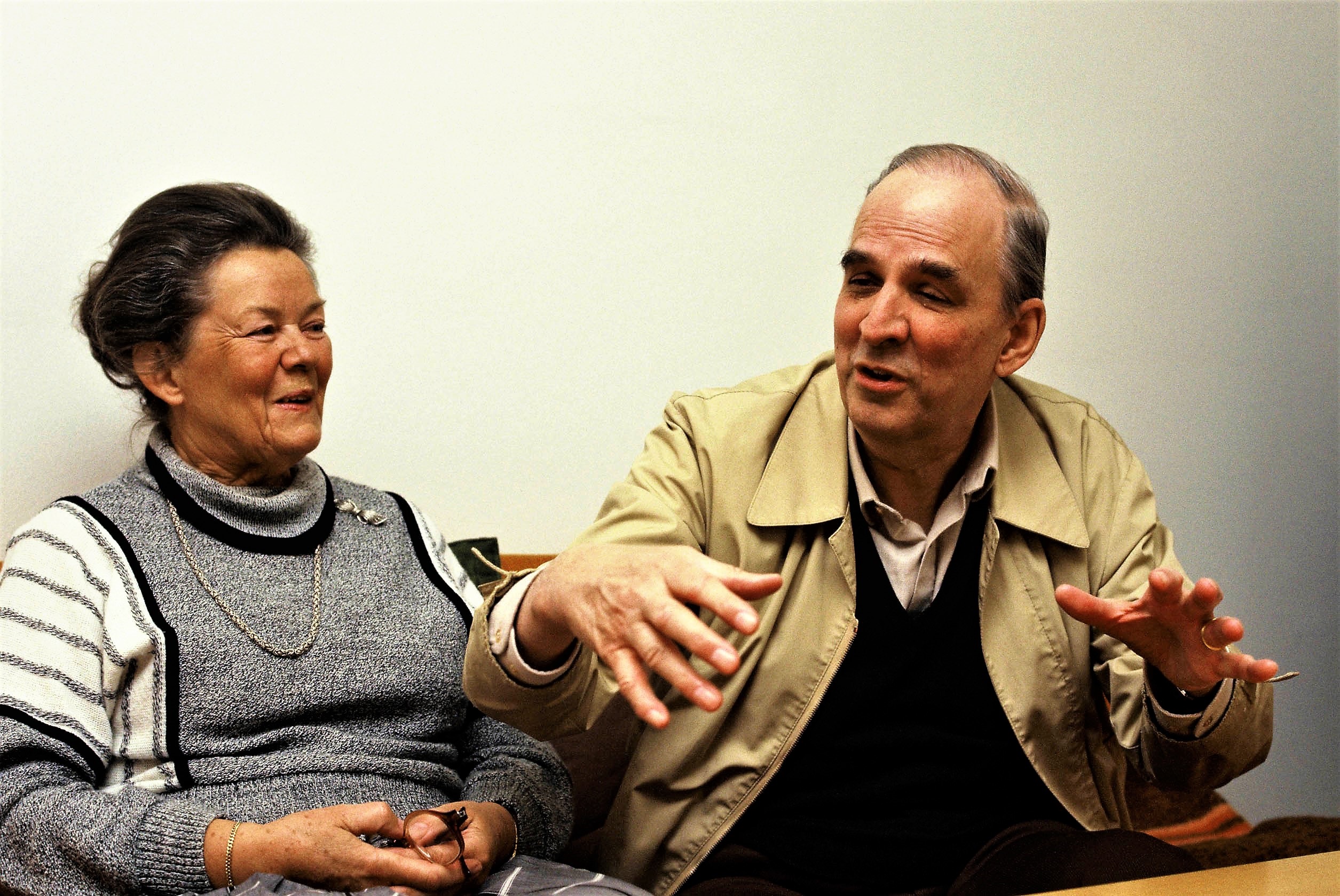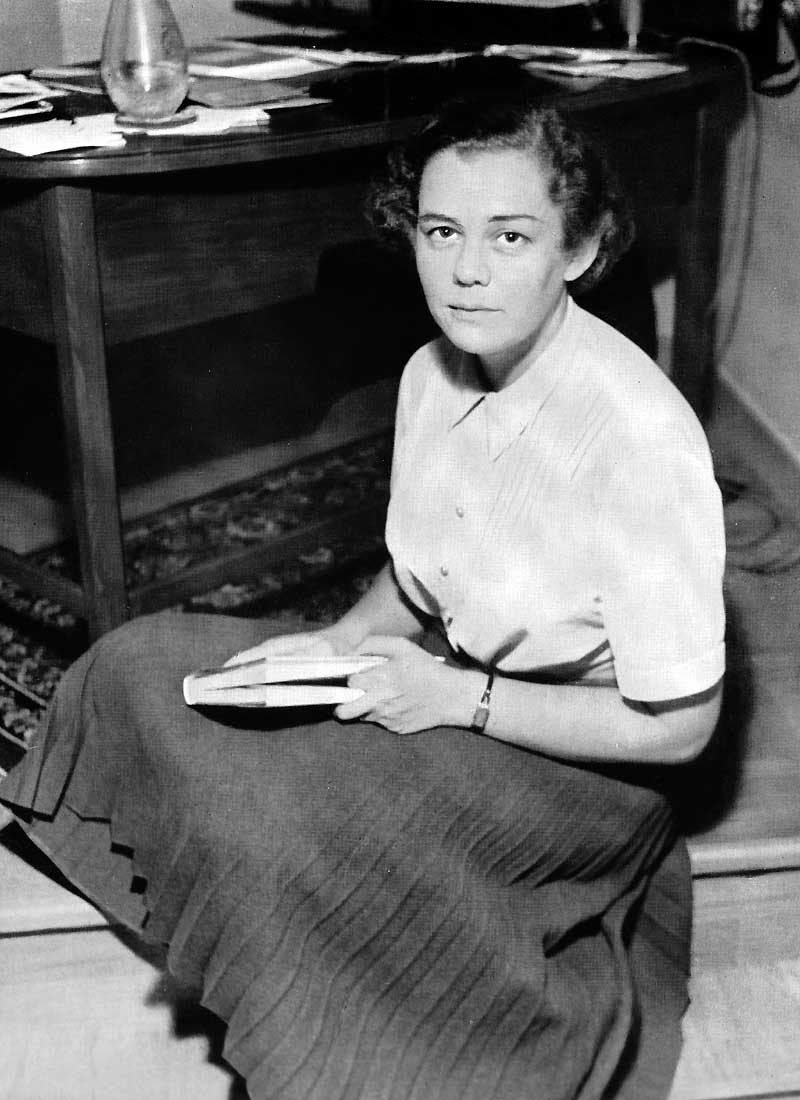Surprisingly few Swedish writers have concentrated seriously on writing for film. This may have something to do with the fact that if one writes for the theatre, then it is the playwright who gets most credit: when it comes to films, it is the director. This was something that Ulla Isaksson learned as a result of writing three screenplays for Ingmar Bergman.
But the lesson began in 1953 with Hampe Faustman and what is her best-known novel Kvinnohuset (‘The Women’s House’, 1952), inspired by a real building in Stockholm where only single women were allowed to live. Isaksson chose Hampe Faustman, who was regarded as the most socially conscious director of his day, to direct Caged Women (Kvinnohuset) and he was keen that she should write the screenplay herself.
Unfortunately, Faustman was in a rather unsettled situation. He was under contract to Sandrews, which ought not to have mattered, yet he insisted on forming his own company to make the film. The project was rushed through, and despite many fine contributions from the actors, the whole thing was rather too rhapsodic. The characters never achieved the depth that they had in the novel. Essentially, the film was a critical and a box-office flop.
Things improved significantly when Ingmar Bergman asked her to flesh out two of her short stories into a film about women in a maternity ward, Brink of Life (Nära livet, 1958). Bergman was under contract to Svensk Filmindustri, but had an agreement with Sveriges Folkbiografer that he would make a film with them. To this end, a film limited in scope in terms of filming and written by someone else proved highly suitable. And Bergman was always anything but careless. Brink of Life received rapturous critical reviews and won the Best Director and Best Actress awards in Cannes, but Isaksson’s contribution was overshadowed.
She could live with that, however. Bergman had a new proposal for a collaboration. Since his youth he had been fascinated by the story of the young girl violated in the medieval folk song Töres dotter i Wänge (‘Töre’s Daughter in Wänge’) and he asked Ulla to develop it into a screenplay. Named The Virgin Spring (Jungfrukällan, 1960) the film gave Bergman his first Oscar. Isaksson once again dropped out of the limelight, despite the fact that she alone had stood for the screenplay.
In 1962 she published her novel De två saliga (‘The Blessed Ones’), about a psychologically unstable woman who draws her partner with her into her condition. The novel concludes with both of them committing suicide. Bergman was attracted by the story, but Isaksson was hesitant, regarding it as far too problematic. Eventually, some 24 years later, she relented and wrote a screenplay for television that Bergman directed in 1986. The critics were polite yet unenthusiastic in their response: her instincts had been right.
In the intervening years she worked with Vilgot Sjöman on the script of Siska (Alf Kjellin, 1962) and The Dress (Klänningen, Vilgot Sjöman, 1964) but neither film was particularly successful: they were sophisticated yet gloomy. More success came when Gunnel Lindblom and Isaksson worked on her novel Summer Paradise (Paradistorg, Gunnel Lindblom), another powerful study of women. Released in 1977, the film was a success with critics and audiences alike, and it also won international acclaim.
For television she wrote the play Begriper du inte att jag älskar dig? (‘Don’t You Understand That I Love You? ‘) which delighted viewers at Christmas in 1988, depicting the much discussed relationship between the writer Hjalmar Bergman and his wife Stina. Once again, Ingmar Bergman had a hand in the project. He had suggested to SVT that they should make three plays about different kinds of passion. He himself wanted to make the aforementioned De två saliga, whereas Ulla would write the story of Hjalmar and Stina to be directed by Bernt Callenbo, who had successfully brought Hjalmar Bergman’s Farmor och vår herre (‘Grandmother and Our Lord’) to the screen, and did the same with Isaksson’s screenplay.
The third part (about religious passion) never got written, but Isaksson adapted and Callenbo directed the Hjalmar Bergman adaptation Chefen fru Ingeborg (‘The Boss, Mrs Ingeborg,’ 1993). Broadcast as a TV series, this powerful portrait of a woman was to be Ulla Isaksson’s final screenplay.
Bengt Forslund (2015)
(translated by Derek Jones)
Basic info
Main professions: Author, Screenwriter
Born: 1916
Died: 2000
Active: 1940-1994
Filmography
Manus:
Chefen fru Ingeborg (1993)
Begriper du inte att jag älskar dig? (1988)
De två saliga (1986)
Paradistorg (1977)
Klänningen (1964)
Siska (1962)
Jungfrukällan (1960)
Marie (1958)
Nära livet (1958)
Kvinnohuset (1953)
Published works
Författare (förlagor): Boken om E (Bok, 1994)
Paradistorg (Roman, 1973)
Klänningen (Roman, 1959)
Det orubbliga (Novell, 1954)
Det vänliga, värdiga (Novell, 1954)
Kvinnohuset (Roman, 1952)
De två saliga (Roman)
Awards
1952 – SvD:s litteraturpris
1960 – Svenska Filmsamfundet (hedersdiplom)
1978 – Fil. hedersdr. i Stockholm


